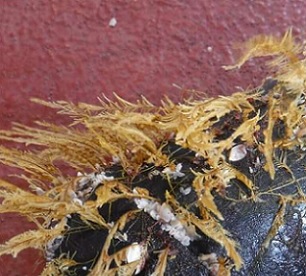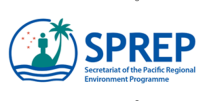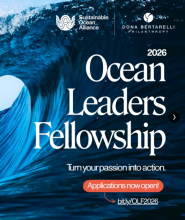
Coastal plants and animals have found a new way to survive in the open ocean—by colonizing plastic pollution. A new commentary published Dec. 2 in Nature Communications reports coastal species growing on trash hundreds of miles out to sea in the North Pacific Subtropical Gyre, more commonly known as the "Great Pacific Garbage Patch."









